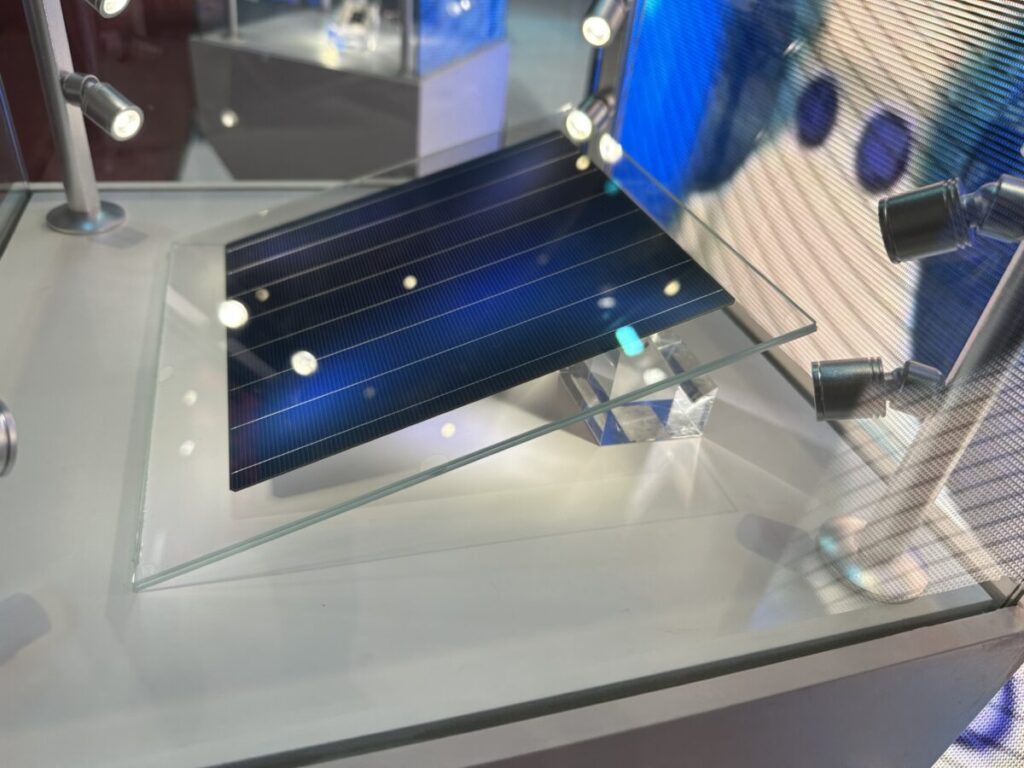Researchers in the Middle East claim to have identified the optimal parameters for the commercial production of Perovskiet-Silicon Tandem solar modules at different locations. Their analysis showed that the production costs can currently be as low as $ 0.387/W, with the prospect to reach $ 0.25/W in seven years.
Researchers from Middle Technical University in Iraq have assessed the economic viability of the production of Perovskiet-Silicon Tandem PV products and have identified what they have defined as the optimum parameters for future production scenarios.
The scientists claimed that their work offers an “end-to-end” approach for the improvement of Perovskiet-silicon tandem Soles technology, both at research and at an industrial level, in an attempt to reduce the gap between current efficiency at laboratory level and commercial production.
“The system approach has included three essential fronts: architectural component, optimization of the production process and the assessment of performance during the implementation,” they explained, adding that physical principles are combined with particle owl optimization (PSO) to provide information about commercialization, while the surrounding ivy of the region of the region of the region is being considered.
The PSO algorithm is a bio-inspired optimization algorithm that uses the high speed of quantum computing and reduces the interval of random numbers in subsequent phases to prevent premature convergence. It simulates the real rules of foraging the bird clock and is often used in
The analysis took into account various factors, such as the thickness of the perovskite layer in the upper cell, coating speed and glow temperature, among other things to calculate the production yield, defect speed and production costs with the integration of PSO that allows systematic exploration of production production possible.
In the next step, the Academics Multistage modeling carried out, where production parameters are connected to the implementation economy. They considered scaling up a 5 MW production line of the pilot module to 100 MW. “Through this integrated analysis framework, we have quantitatively linked the parameters of the production process, production economy and location-based performance indicators,” they explained.
As optimal parameters, the PSO algorithm identified a coating speed optimized at 10.00 m/min, glowing temperature controlled at 151.48 ° C and perovskite thickness optimized at 0.79 URN, which would reflect in a “high” production of 79.9% and commercial production.
“From the basic line yield of 79.9 % that has been optimized, the production process shows a consistent and high improvement to achieve the 92 % target yield within just 13 months after process optimization,” the research team emphasized and noted that the production costs can currently be as low as $ 0.25/W with prospect.
The lowest level of energy (LCOE) for PV projects built with Perovskiet-Silicon Tandemmodules were identified in the Mojave desert, in the United States, for $ 0.061/kWh.
The work was detailed in “Affordable efficiency Integrating profits of perovskiet-silicon tandems in photovoltaic systems of the next generation“Published in Results in Engineering.
“Our simulation results were validated against benchmark data from National Renewable Energy Laboratory (NREL), which confirmed the reliability and practical relevance of the model for commercial implementation planning,” the scientists concluded. “This work is therefore the stage for affordable and highly efficient photovoltaic systems through systematic optimization of production processes and implementation conditions.”
This content is protected by copyright and may not be reused. If you want to work with us and reuse part of our content, please contact: editors@pv-magazine.com.

